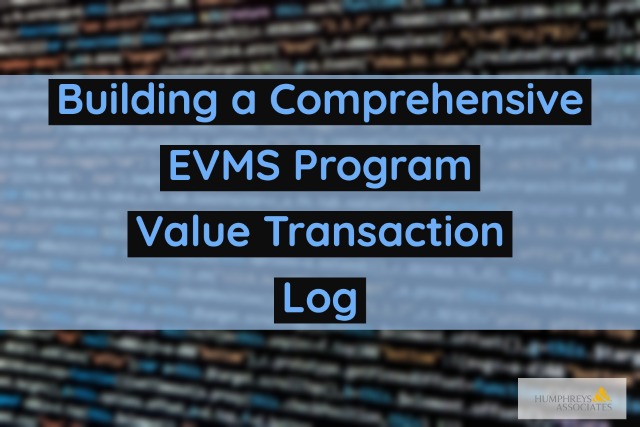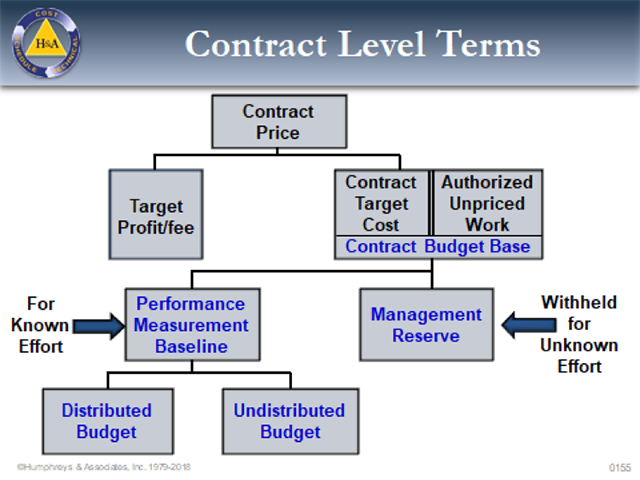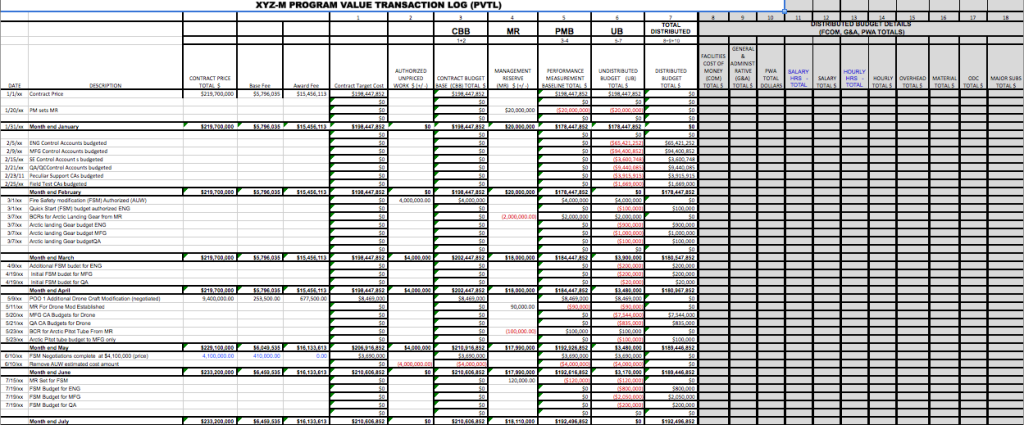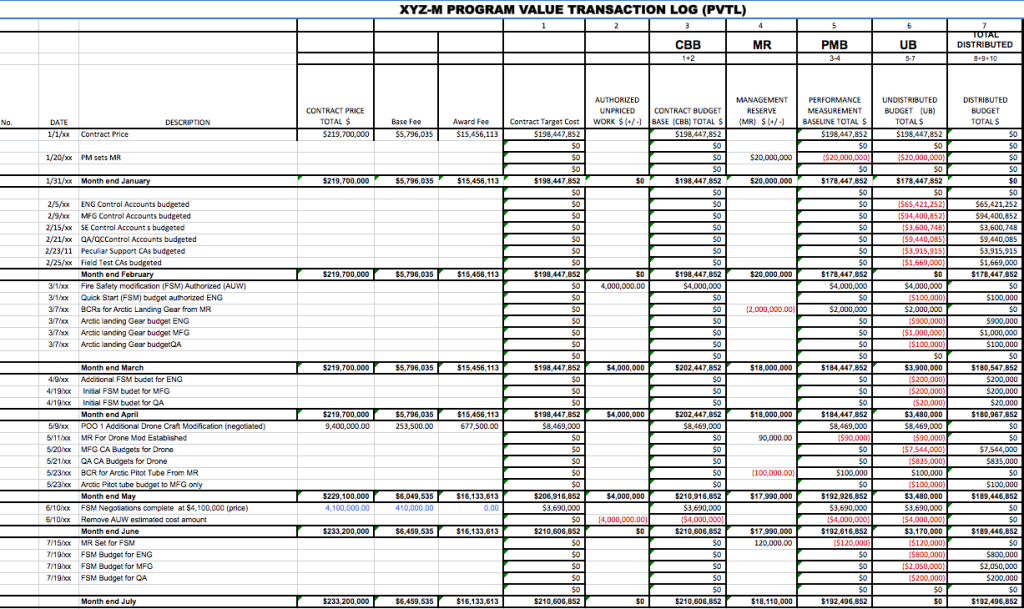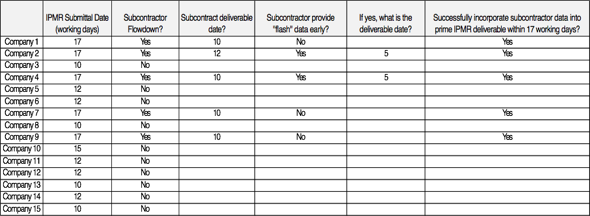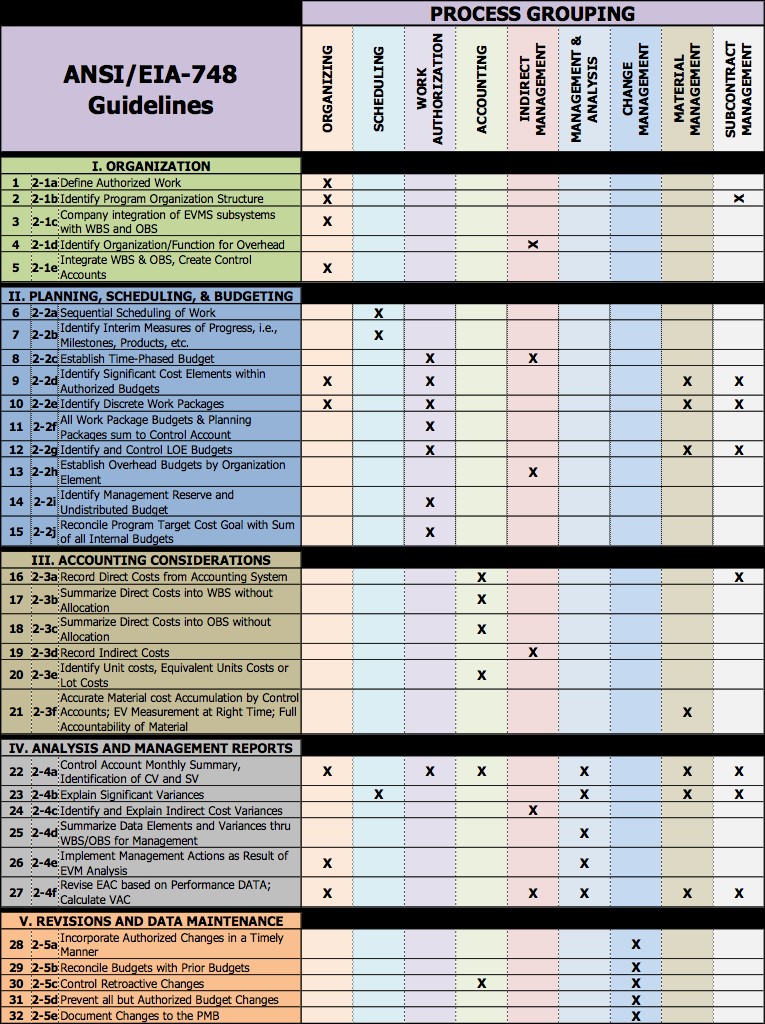Humphreys & Associates Joins Project Management Institute’s Registered Consultant Program
Humphreys & Associates Joins Project Management Institute’s Registered Consultant Program
Online Project Management resource helps organizations connect with consulting firms
IRVINE, Jan. 09, 2015 — Humphreys & Associates today announces that it has joined the Project Management Institute’s (PMI) Registered Consultant Program, an online resource that provides organizations with the convenience of accessing a PMI-maintained list of consulting firms that are able to improve their project, program and portfolio management practices.
As more organizations adopt project management as a strategic competency for achieving business results, many are seeking the advice of consultants to enhance their project management capabilities. The PMI Consultant Registry is complimentary to organizations, as is the PMI-developed A Guide on How to Select a Project Management Consultant.
The guide walks organizations through the necessary steps to best identify a consultancy that meets their requirements. Each firm listed in the directory provides one case study per area of expertise that highlights its previous consulting engagements.This feature gives organizations insight into the consultancy’s engagement style and its ability to meet the unique needs of a project.
Humphreys & Associates’ project management consultants have worked with all branches of the U.S. Department of Defense (DoD), the Department of Energy (DOE), NASA, other U.S. government agencies, and with foreign governments. “Our associates and teams have great admiration for the Project Management Institute’s global advocacy, education, collaboration, and project management research. As PMI is such a comprehensive resource for project managers Humphreys & Associates therefore is quite pleased to join PMI’s Consultant Registry,” asserted Gary C. Humphreys, President and CEO, Humphreys & Associates.
Humphreys & Associates joins more than 140 consulting companies in more than 35 countries that participate in the Program.
About Humphreys & Associates
Humphreys & Associates, led by Gary Humphreys, is the established leader in earned value management consulting and training. H&A has provided EVMS consulting services to over 850 companies and government agencies worldwide and we have trained over 900,000 individuals at all EVMS functional and management levels.
About Project Management Institute (PMI)
Project Management Institute is the world’s leading not-for-profit professional membership association for the project, program and portfolio management profession. Founded in 1969, PMI delivers value for more than 2.9 million professionals working in nearly every country in the world through global advocacy, collaboration, education and research. PMI advances careers, improves organizational success and further matures the profession of project management through its globally recognized standards, certifications, resources, tools academic research, publications, professional development courses, and networking opportunities. As part of the PMI family, Human Systems International (

